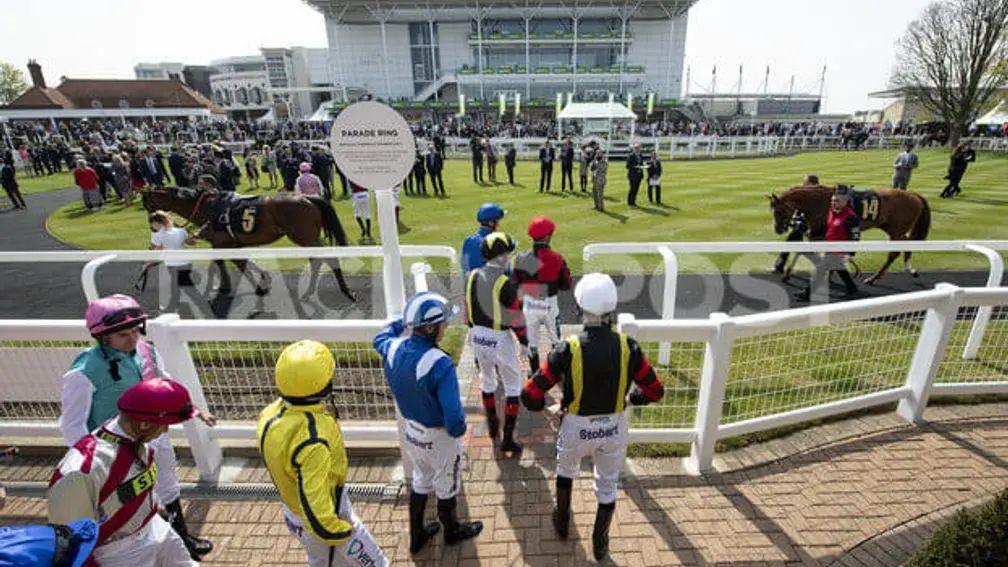Newmarket Racecourse
Newmarket is widely regarded as the home of Flat racing due to the town’s rich history in the sport. Horseracing at Newmarket racecourse dates back to the early 16th century and the reigns of James I and Charles II, who was known to attend races on the Heath. Until 1744, the two most valuable races run at the course were the King’s Plate and the Town Plate.
The town of Newmarket is estimated to be home to more than 3,000 horses across 70 training yards. Many of the most successful trainers are based in Newmarket, such as Sir Michael Stoute and John Gosden.
There are two racecourses in Newmarket that operate at different times of the Flat racing season. The Rowley Mile was named after Old Rowley, Charles II’s favourite racehorse, and is best known for hosting the 1,000 and 2,000 Guineas in the spring and many top races in the autumn, while the July course hosts racing during the summer months. Both tracks have a capacity of just over 20,000.

1,000 and 2,000 Guineas
The Guineas Festival is Newmarket’s most prestigious meeting and features the 1,000 Guineas and 2,000 Guineas, the first two of the five Classic races run during the Flat season. The 2,000 Guineas, for colts and first run in 1809, and the 1,000 Guineas, for fillies and first run in 1814, were originally named after the prize for each of the races. They are both run over a mile on the Rowley Mile course.
July Cup
The July Cup is one of the leading sprint contests of the season and is run on the July course over six furlongs. Inaugurated n 1939, it is one of the first major sprint events of the season when three-year-olds take on their older rivals. Legendary jockey Lester Piggott had a terrific record in the race, winning on ten occasions.
Cheveley and Middle Park Stakes
The Cheveley Park Stakes and Middle Park Stakes are Group 1 races for two-year-olds run on the final weekend of September. Both are held over six furlongs and are a major target for juvenile sprinters and potential contenders for the following season’s Guineas races. The Middle Park is for colts and the Cheveley Park is for fillies.
Cambridgeshire and Cesarewitch Handicaps
First run in 1839, these are two of the oldest handicaps in Britain. The Cambridgeshire is staged in late September and is run over a mile and a furlong, while the Cesarewitch is run two weeks later over the marathon trip of two miles and two furlongs. Both events attract fields in excess of 30 runners.
Fillies’ Mile
Run on the Friday of the two-day Future Champions Festival in the middle of October, the Fillies’ Mile is a prestigious Group 1 event for two-year-old fillies run on the Rowley Mile course.
Dewhurst Stakes
The seven-furlong Dewhurst Stakes is a major race for two-year-old colts and is run on the Saturday of the Future Champions Festival on the Rowley Mile. Winners of the Dewhurst often go on to win Classic races the following year.
Trivia: The first recorded race at Newmarket was a match for £100 between horses owned by Lord Salisbury and the Marquess of Buckingham in 1622.
Published on 3 February 2023inGuide to Racing
Last updated 12:41, 3 February 2023